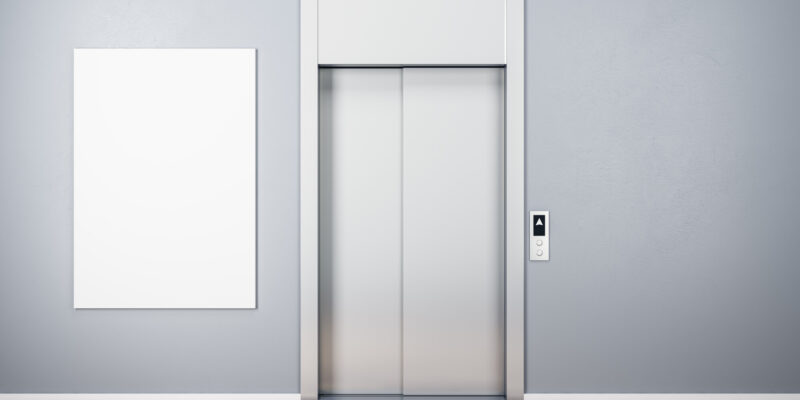Despite the widespread recognition of ADA’s importance, there is a crucial aspect of compliance that often gets overlooked: elevators.
Elevators are essential for ensuring that everyone can access commercial buildings. Regardless of their mental and physical capabilities. This makes them a major focal point for ADA compliance.
Navigating ADA elevator compliance can be daunting. However, not following the rules can lead to serious legal and reputation problems.
In this blog, we discuss common mistakes made when it comes to elevator accessibility. By avoiding these pitfalls, you can keep your property and tenants safe. While also avoiding expensive legal problems.
Understanding ADA Elevator Compliance
The ADA provides specific guidelines for the dimensions of elevator cars. These dimensions must accommodate wheelchairs and other mobility aids. Elevator door width should also be big enough to allow easy entry for people with disabilities.
The placement and design of call buttons and control panels are also important. They must be located at the appropriate height for wheelchair users, ensuring they can comfortably reach and operate them. Tactile and braille information should be present for individuals with visual impairments.
Elevators should also have functioning emergency communication systems. These systems must be reliable and easily accessible at all times.
Common Mistakes to Avoid
To ensure the safety and convenience of those with disabilities, here are some common mistakes that should be diligently avoided. These common mistakes can compromise accessibility and lead to potential liability.
Inadequate Signage
A common mistake is not having clear signs that show people with disabilities where they can find accessible entrances and elevators. When these signs are missing, it can be tough for people with disabilities to find their way around your building.
On the other hand, signs that are hard to read or don’t have raised letters can make it tough for people with vision impairments to understand important instructions.
Neglecting Maintenance and Repairs
Elevators need regular checkups and inspections to find and fix problems quickly. Neglecting these responsibilities can lead to elevator malfunctions. Leaving individuals with disabilities stranded or at risk.
Delaying necessary elevator repairs and upgrades can cause problems with accessibility and make you vulnerable to legal issues. Taking prompt action is crucial to ensure that elevators remain safe and functional.
Insufficient Elevator Dimensions
Elevators that are too small can block wheelchairs and scooters from getting in or out, making it difficult for some people to use the elevator. Inadequate turning space inside the elevator car can make it challenging for wheelchair users to maneuver and access the controls.
Insufficient Staff Training
Property management and maintenance staff should be trained in ADA compliance. They should know how to operate, maintain, and assist individuals with disabilities using elevators. Inadequate training can lead to accidents and misunderstandings.
A Safer and More Accessible Experience for All
Ensuring ADA elevator compliance is not just a legal necessity. It’s a fundamental step toward creating a more inclusive, safe, and welcoming environment.
Taking proactive steps to ensure ADA elevator compliance can significantly reduce the risk of legal complications and protect your property’s reputation. Contact Action Elevator today to get started.
